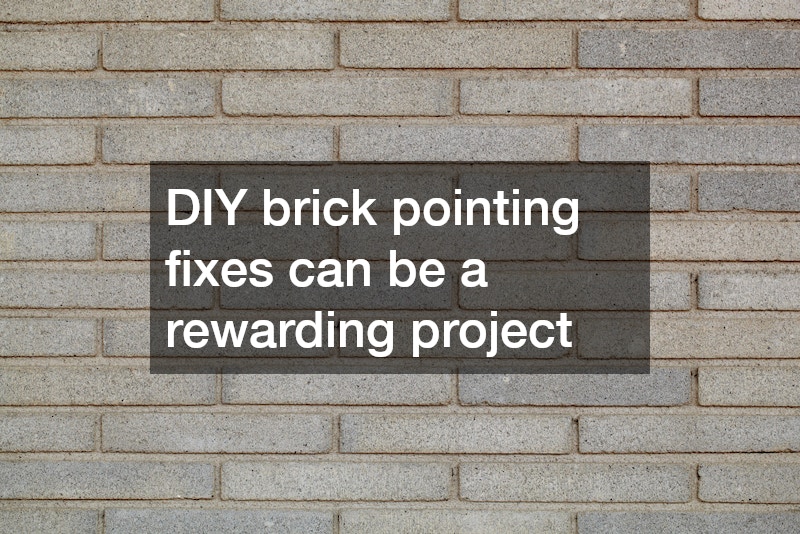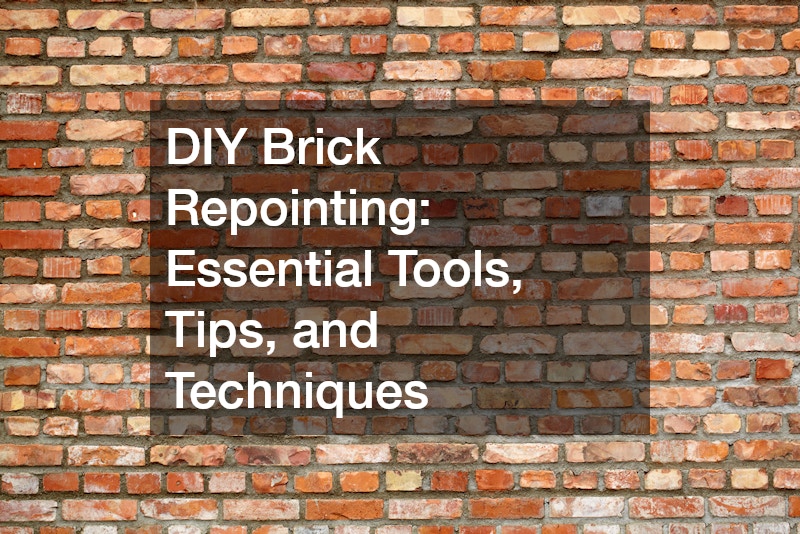What Tools Do You Need for a Brick Pointing Fix?
The success of any DIY brick pointing repair project largely depends on the quality and suitability of the tools used. Having the right tools on hand is crucial for efficiently removing old mortar and applying new mortar into the joints. Among the essential items are a pointing trowel, which is vital for applying and smoothing mortar in the joints. A comfortable grip and correct blade width can make a noticeable difference during extended use.
While a pointing trowel is indispensable, joint rakers and chisels play a significant role in the preparatory phase. Joint rakers help in clearing out old mortar without damaging the bricks, setting a clean path for new mortar. Chisels, on the other hand, are adept at tackling harder or deeper lying mortar, ensuring all remnants are cleared and the surfaces are primed.
To complete the toolkit, you’ll need a sturdy brush, often a wire brush, to clear away debris and dust from the joints and brick surfaces. This ensures a clean working environment and helps the new mortar adhere properly. Equipping yourself with these tools ensures you’re prepared for any challenges your brickwork presents. Taking the time to gather quality tools not only improves efficiency but also enhances the durability and visual appeal of the finished project.
How to Prepare Brickwork Maintenance?
Preparation is key in any brick pointing effort, beginning with a thorough cleaning of the brick surface. Using a stiff brush, ideally a wire brush, you can effectively remove loose debris and dirt that could interfere with mortar adhesion. This is followed by washing down the bricks with water to settle the dust.
It’s not just about cleaning; assessing the condition of the brickwork is a critical preparation step. Look for signs of damage or weathering; cracked or spalling bricks need to be addressed before proceeding. This pre-assessment aids in understanding the scope of work and helps in effectively planning the process.
Once cleaning and assessment are completed, proper protection of the bricks is required. This involves wetting the bricks to prevent them from drawing moisture away from the new mortar too quickly. Such preparation ensures the new mortar stays pliable during application and allows for a stronger bond upon drying.
What Techniques Ensure a Long-Lasting Repair?
Applying mortar effectively requires attention to technique to ensure the longevity of the pointing repair effort. Consistency in mix is key; the mortar should be workable but not too wet, and achieving a balance is crucial. This mixture’s consistency influences adhesion and structural integrity once it cures. Choosing the right mortar type for your specific brick is equally important, as mismatched materials can lead to premature cracking or separation.
Careful application using a pointing trowel is vital; the goal is to fill the joint evenly to prevent voids. Voids can lead to weakened spots where moisture might intrude. Smoothing the mortar with a trowel ensures it is compacted and tightly bonded to the brickwork.
Finally, finishing is as important as the application. Tooling over the joints with a jointer provides a neat and aesthetically pleasing finish, which also offers weather resistance. These techniques collectively ensure the job not only looks good but also withstands environmental elements over time.
With the right tools, preparation, and techniques, DIY brick pointing fixes can be a rewarding project that extends the life of your masonry and transforms the outside of your home. Follow these guidelines to ensure professional results in your DIY endeavors. Consistent maintenance and correct implementation of these practices are crucial for sustaining the beauty and integrity of your brickwork. Taking the time to repoint your brickwork properly not only protects your investment but also enhances your home’s curb appeal and overall value for years to come.
.

